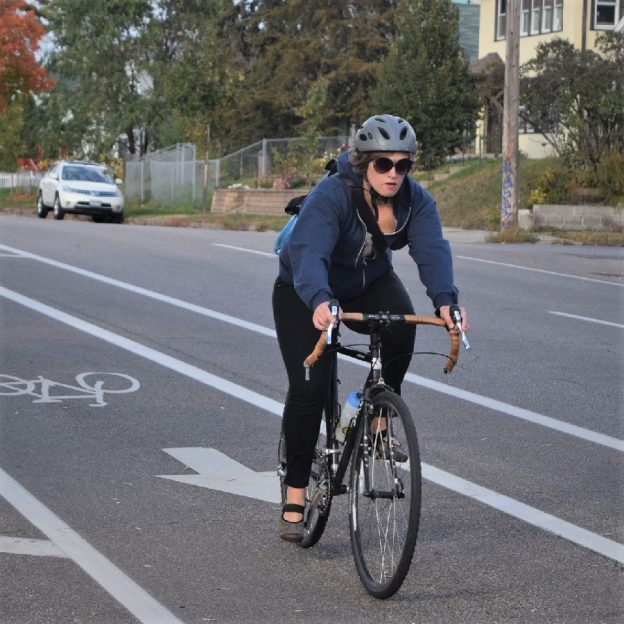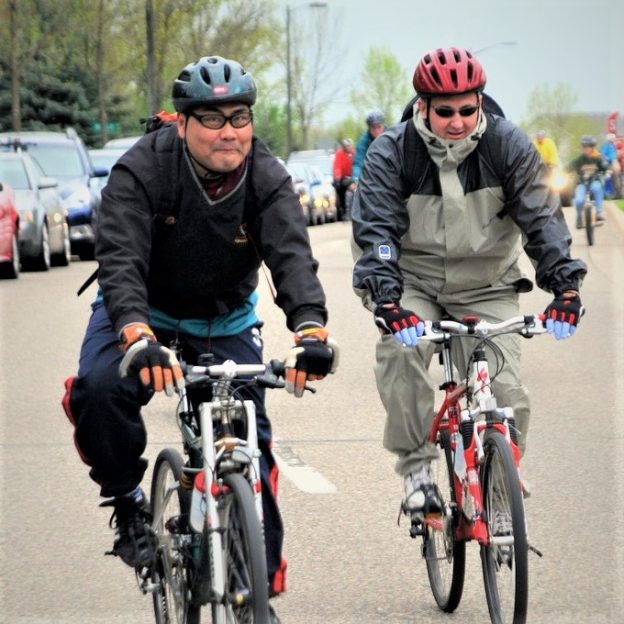Tag: summer biking
-

Make a resolution? It could be your best bike year ever!
After all the presents are opened, and the last cookies disappear, many of us focus on the year ahead. More specifically, many of us begin the annual task of developing New Year’s resolutions for ourselves. Why not resolve to make this year your best year for bike riding by starting now?

